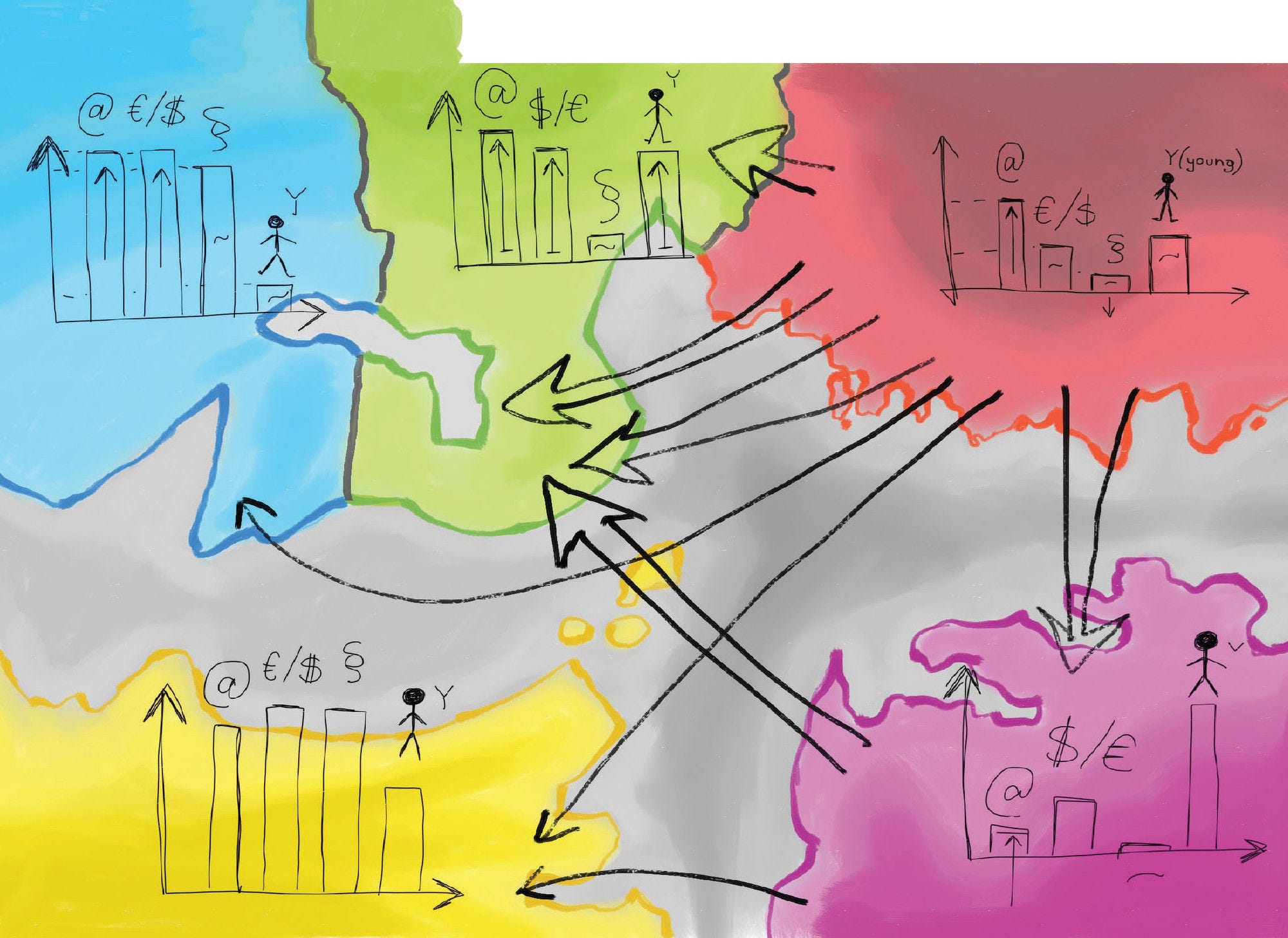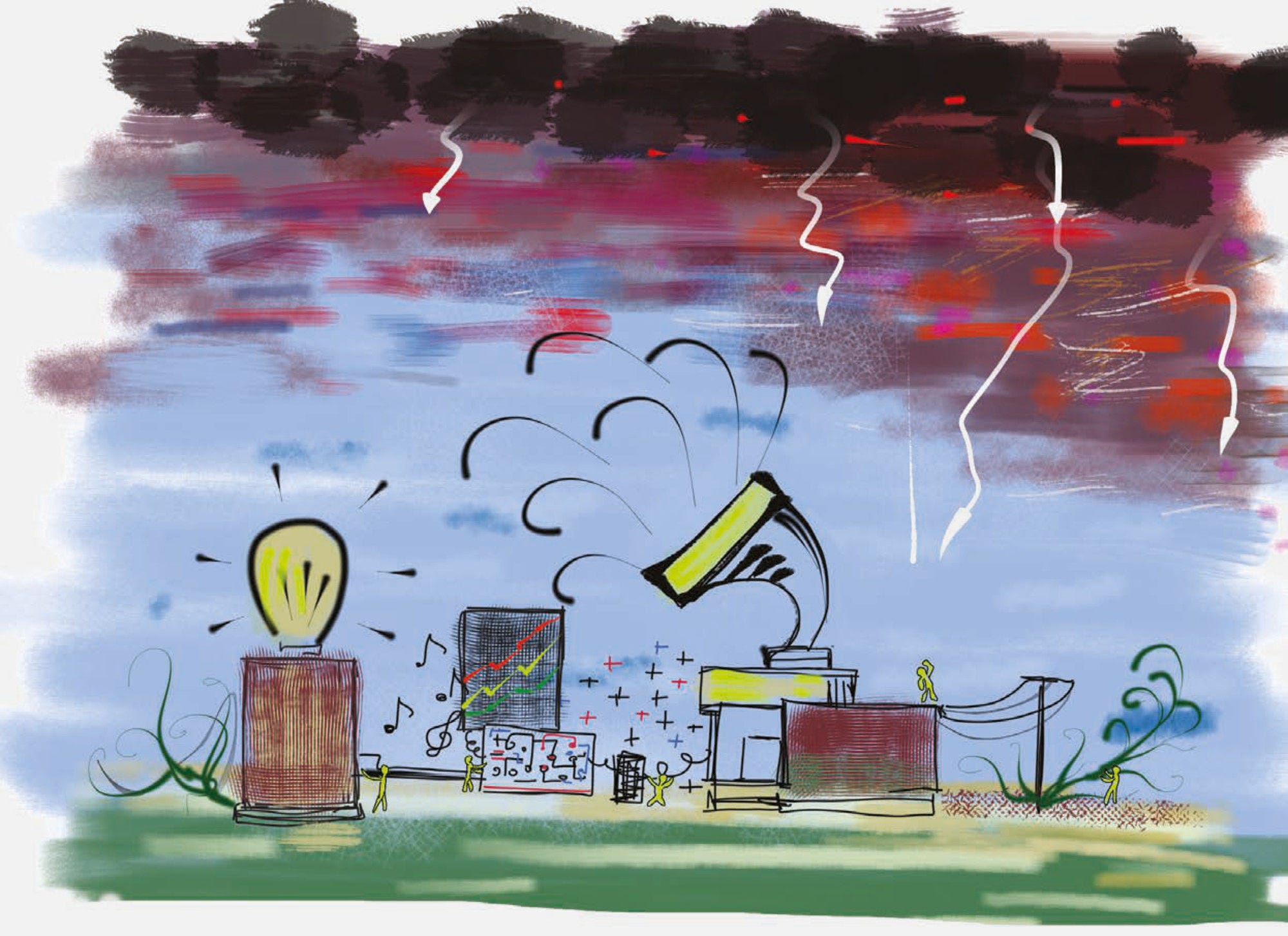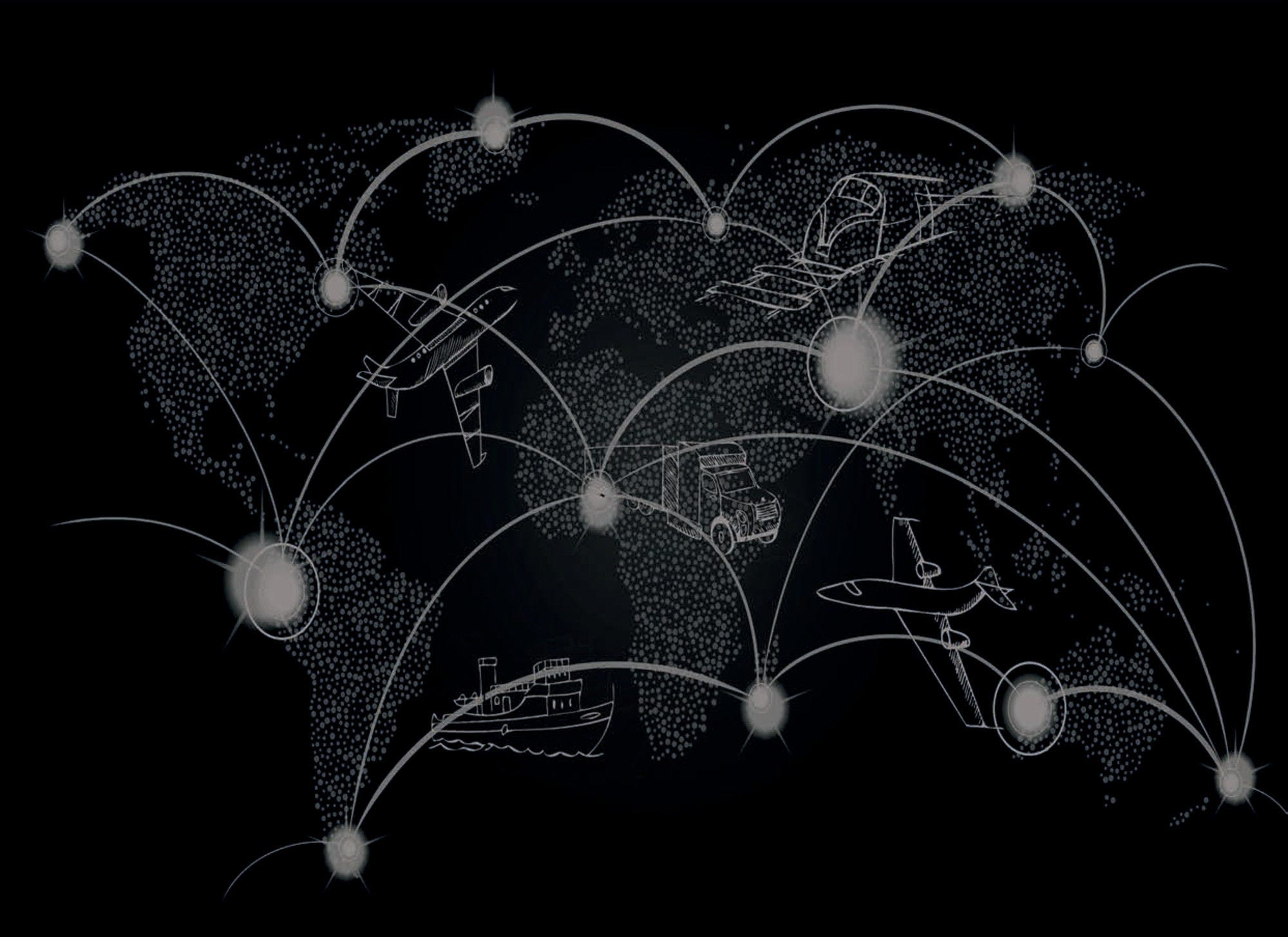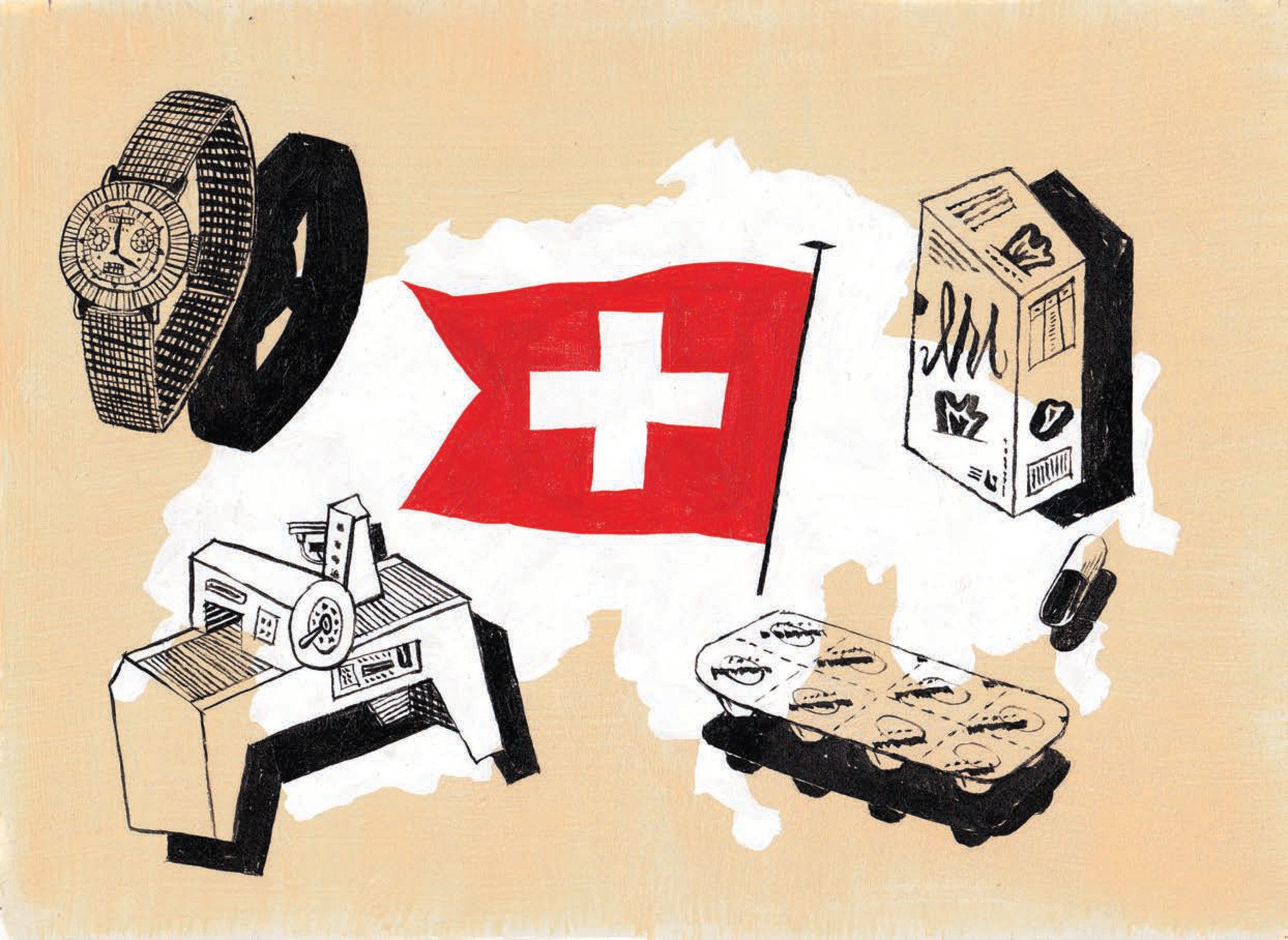The COVID-19 pandemic has significantly impacted various aspects of human activity, including illicit trade. Criminal networks have adapted quickly to exploit disrupted supply chains and increased demand for essential goods, creating new opportunities for profit. This report examines how the pandemic has reshaped the trade in counterfeit goods. It looks at the multifaceted effects of the COVID-19 pandemic on the trade dynamic, particularly in the European Union. It also explores its effects on the trade in counterfeit goods, drawing on both law enforcement and industry expertise, as well as global customs seizure data. In particular, it highlights the challenges faced, the changing modus operandi of counterfeiters and the solutions that have emerged during this unprecedented health crisis.
Illicit Trade in Fakes under the COVID-19

Abstract
Executive Summary
The COVID-19 pandemic, an unprecedented global event that began in 2020, has profoundly influenced almost every aspect of human life, including the dynamics of global trade and the proliferation of counterfeit goods. The rapid global spread of the virus, with its varying health impacts, prompted governments to swiftly enact a range of preventative and mitigative measures. These included widespread travel restrictions, lockdowns, and business closures, which had immediate and far-reaching effects on global trade.
In the short term, these measures led to significant disruptions in supply chains, decreased overall demand, a shift towards local production, protectionist policies by some nations, and substantial shipping disruptions. These changes directly impacted several sectors, particularly tourism and aeronautics, leading to economic downturns in these industries. Indirect effects of the pandemic on trade became more evident during the recovery phase, post the second wave. These included a substantial increase in e-commerce, a transition to digital services, and the accelerated digitization of customs processes, which facilitated trade during these challenging times.
The pandemic also presented unique opportunities for criminal networks involved in illicit trade in counterfeits. There was a noticeable shift in the nature and volume of counterfeit goods, initially marked by a decrease but followed by an increase in counterfeit COVID-related products like PPE, test kits, and medicines. Counterfeit operations expanded beyond COVID-related items to a wider range of products, taking advantage of the surge in online shopping. This shift towards e-commerce, a lasting impact of the pandemic, created new challenges in combating counterfeit trade.
Enforcement authorities faced their own set of challenges, including operational adjustments and staffing issues, which affected their ability to respond to the evolving counterfeit trade landscape. However, the observed decline in counterfeit seizures was attributable more to changes in trade volume than a reduction in enforcement efficiency.
The pandemic highlighted the necessity for a cohesive, integrated response to counterfeiting, encompassing international and national co-operation. Effective strategies involved rapid response teams, partnerships between enforcement agencies and businesses, remote working practices to protect field officers, and virtual training sessions. The fight against counterfeiting in the COVID-19 era underscored the need for comprehensive strategies that engage not only law enforcement but also financial, e-commerce, and telecommunication sectors. This integrated approach is crucial for understanding and combating the multifaceted challenges of counterfeit trade in a post-pandemic world.









